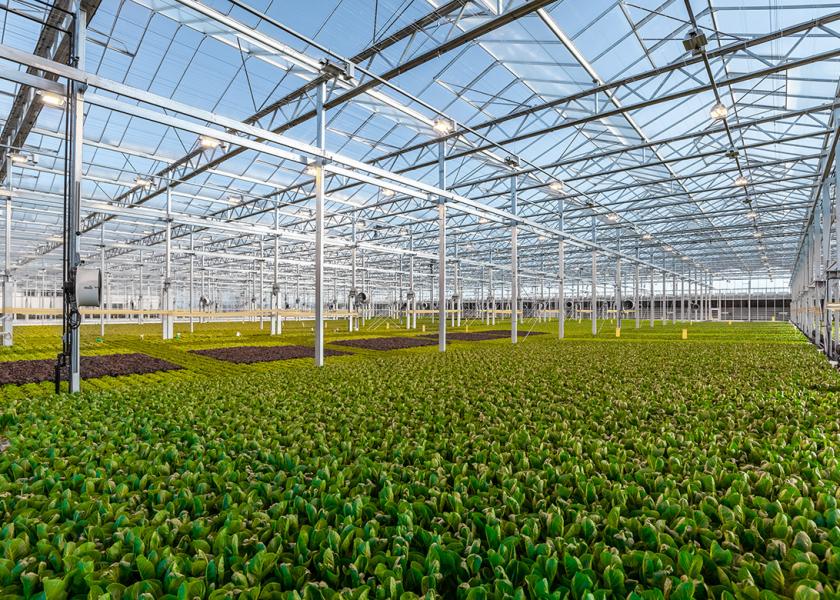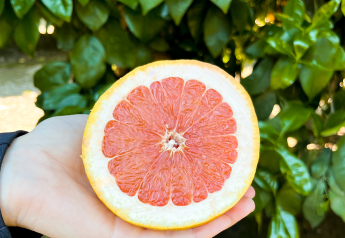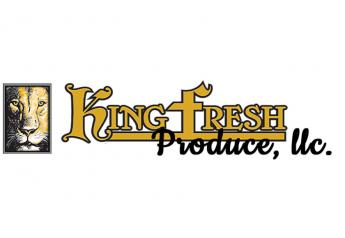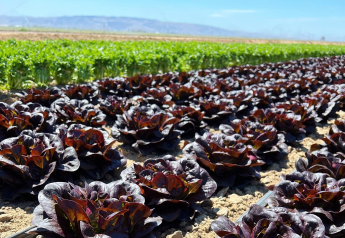How technology is changing the game in greenhouse grown

Talk about a growth spurt — the global indoor farming market size was valued at $39.5 billion in 2021 and is expected to expand at a compound annual growth rate (CAGR) of 13.5% from 2022 to 2030, according to San Francisco-based market research and consulting company Grand View Research.
As North American greenhouse growers expand their facilities to meet increasing demand for fruit and vegetables grown indoors, many are turning to high-tech solutions to maximize operational efficiencies.
“We are seeing increased investment in research and development of new technology and automation systems for greenhouses and this investment is vital to improve productivity and crop yields, while reducing the cost of greenhouse operations,” Gotham Greens Co-Founder and CEO Viraj Puri said. “Advancements in climate control, lighting and automation technology have been particularly compelling.”
Gotham Greens’ newest facilities, including its recently opened greenhouse in Davis, Calif., are equipped with enhanced automation, climate control and data science capabilities. It’s the most advanced technology the Brooklyn, N.Y.-based company has ever used, said Puri.
“Since our launch in 2011, Gotham Greens has grown from a single urban rooftop greenhouse in Brooklyn, N.Y., to a multi-state greenhouse operator and one of the largest hydroponic leafy green producers in North America,” he said. “Gotham Greens has continued to push the boundaries of greenhouse facility design incorporating industry-leading advancements in hardware and software, all designed to maximize efficiency and reduce natural resource requirements.”
A bright idea
At Ontario-based greenhouse grower Red Sun Farms, every step of the cultivation process for its tomatoes, peppers and cucumbers — including the role of lighting technology — is part of the company’s vertically integrated business model.
“Our value proposition is ‘Seed to Plate.’ At Red Sun Farms, we pride ourselves in owning every step of the process, from selecting our seeds, propagation at our farms, greenhouse operations, harvesting, packing and distribution,” said Carlos Visconti, CEO of U.S. and Canada operations.
Investments in lighting technology has allowed Red Sun Farms to extend its growing season and provide locally grown peppers in Ontario all year long.
“We [recently completed] our second winter season of our winter pepper crop which utilizes one-of-a-kind LED technology that supplies Ontario peppers year-round to consumers. This unique technology recreates and modulates the full spectrum of the sun’s natural light, essentially enabling the farm to de-seasonalize productions,” Visconti explained.
Innovative technology is also “critical” to the entire operation at the Owatonna, Minn.-based Bushel Boy. The tomato and strawberry greenhouse grower said it relies on technology to create optimal growing conditions year-round, with environmental systems that monitor and adjust light, temperature, nutrient levels and CO2.
“Technology is critical to optimizing our fruit quality and ensuring the safety of our produce, our employees and our environment,” Chuck Tryon, president of Bushel Boy, said. “We’ve recently installed an LED and High-Pressure Sodium lighting system to optimize yields and the flavor profiles of our fruit. We have also been implementing technology to automate forecasting, recognize pest and disease pressure in each greenhouse, and monitor temperature and CO2 levels and automatically make changes based real time data.”
To further maximize efficiencies in its operations, Bushel Boy plans to automate its packhouse next, Tryon added.
Better together: Tech and sustainability
At Pure Hothouse Foods, an Ontario-based greenhouse grower of Pure Flavor-branded tomatoes, cucumbers, peppers and baby eggplant, technology drives a multitude of sustainability initiatives.
“The use of tech in every aspect of our operation is a sustainable solution,” said Chris Veillon, chief marketing officer for Pure Flavor.
Pure Flavors’ automated greenhouses increase efficiencies and reduce waste throughout the entire growing and packing process. The greenhouse grower uses a fully automated watering system that gives each plant the precise amount of water it needs, while its closed-loop drip irrigation ensures that any water the roots don’t soak up is recycled back through the same process. Additionally, a fully automated plant nutrition system provides the plants with just the right amount of nutrients.
Pure Flavor also uses High Pressure Sodium lights that not only provide light but heat as well.
Once harvested, Pure Flavor uses rechargeable battery-operated carts to take product from the greenhouse to the packhouse and then employs robotics to pack and palletize the fresh produce.
“[Sustainability] is part of our DNA as a greenhouse grower, as a company, as a responsible corporate citizen, and of course, as a consumer,” Veillon said.
Gotham Greens is also using technology to further its sustainability goals.
“The advanced level of technology in our greenhouses allows us to grow lettuce using up to 95% less water and 97% less land compared to conventional open-field farming,” Puri said. “For example, our unique irrigation techniques use less than 1 gallon of water to grow a head of lettuce compared with up to 10 gallons used in conventional farming.”







